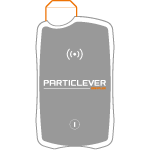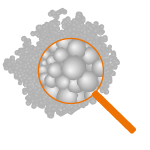Plastics


Many feedstocks in powder form are commonly used in making plastics, but those powders may present a hazard when inhaled. The level of danger varies based on (among other things) the metal used, its chemical form (oxides, alloys, carbides, etc.), and the size of the constituent particles, which may be entirely or partially nanometric.
Depending on how fine they are, implementing them at an industrial scale or in a laboratory may be difficult, and requires a suitable prevention strategy. Alloys whose toxicology is little-known, as well as nanoparticulate forms, must be closely watched and have lower exposure targets.
Some plastic-making processes emit nanoparticles that have nothing to do with feedstocks. In such cases, the measurement methodology and protocols must be mastered in order to engage in proper risk management.
Key questions
This is obviously a key question, which is hard to answer given how little knowledge there is about nanomaterials. In particular, there are many questions about the incorporation of carbon nanotubes, whose risks become higher if isolated nanotubes are emitted into the air. There are currently no other solutions than to measure.
This is obviously a tricky problem, because such processes can emit a very large quantity of particles even though the mass exposure levels remain limited. Performing detection remains a key step when there is no knowledge beforehand about emission levels. A new step may be added to the methodology depending on the results and challenges. For this type of issue, quotes are personalized and cannot be given automatically.



